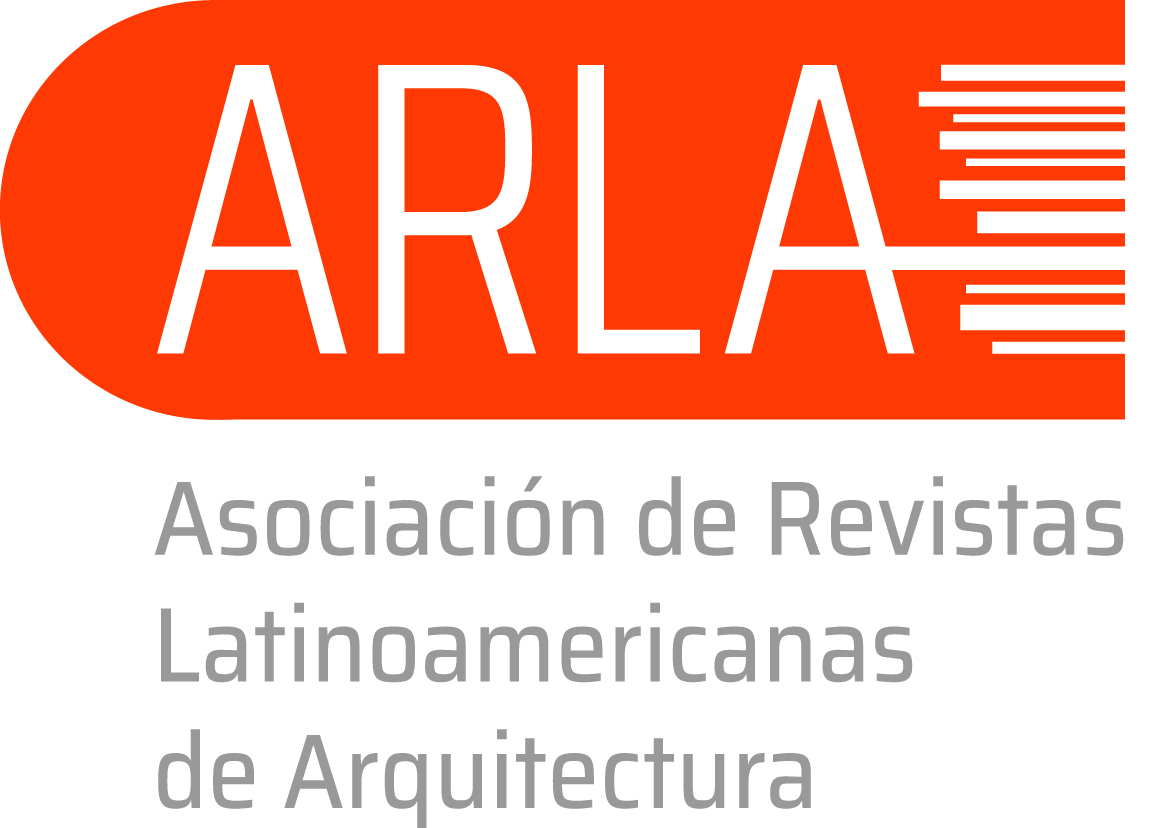Improving thermal comfort in educational environments: an innovative approach
DOI:
https://doi.org/10.56294/la2024103Keywords:
Thermal Comfort, Educational Environments, Bioclimatic Design, Natural VentilationAbstract
Thermal comfort in educational environments is essential to promote an environment conducive to learning and student well-being. This article presents an innovative approach to improve thermal conditions in classrooms, integrating bioclimatic design strategies, natural ventilation and efficient use of materials. It analyzes how building orientation, the selection of materials with high thermal inertia and the implementation of cross-ventilation systems can contribute to regulate indoor temperature effectively. In addition, the importance of creating spaces that are not only functional, but also promote students' academic performance and emotional health is discussed. Through case studies and empirical data, the impact of these strategies in various educational institutions is evaluated. The results indicate that an improvement in thermal comfort translates into a significant increase in concentration and school performance. This comprehensive approach not only seeks to optimize the physical conditions of the classroom, but also to inspire educators and architects to adopt sustainable practices that will benefit future generations. The research highlights the need to prioritize thermal comfort as an essential component of modern educational design.
References
1. Aldaz saavedra, t. M. (2018). Estudio de las condiciones de habitabilidad de un estudiante: residencia universitaria, en la ciudad de Lambayeque.
2. Borgato, j. b. (2014). Asoleamiento en la arquitectura. Editorial unr.
3. C.m. de Azevedo Correia, C.Nd. Amorim, m. Santamouris. (2024). Uso de técnicas de enfriamiento pasivo y materiales súper fríos para minimizar la energía de enfriamiento mejorar el confort térmico en las escuelas brasileñas. Energy & Buildings 312(2024) 114125. https://doi.org/10.1016/j.enbuild.2024.114125
4. Gallardo Echenique, Eliana Esther Metodología de la Investigación: manual auto formativo interactivo / Eliana Esther Gallardo Echenique. -- Huancayo: Universidad Continental, 2017
5. Givoni, B., (1998). Climate Considerations in Building and Urban Design. John Wiley & Sons.
6. Gómez, A.G., Bojórquez, M.G., Ruiz, T.R., (2007). El confort térmico: dos enfoques teóricos enfrentados. Palapa 2, 45–57.
7. Hamui-Sutton, Alicia. (2013) Un acercamiento a los métodos mixtos de investigación en educación médica. Investigación Educ. Médica, vol.2, n.8, pp.211-216. <http://www.scielo.org.mx/scielo.php?script=sci_arttext&pid=S2007-50572013000400006&lng=es&nrm=iso>. ISSN 2007-5057
8. Karakas, F., Grassie, D., Schwartz, Y., Gong, J., Bagkeris, E., Mumovic, D., Milner, J., Chalabi, Z., & Mavrogianni, A. (2023). A multi-criteria decision analysis framework to determine the optimal combination of energy efficiency and indoor air quality schemes for english school classrooms. Energy and buildings, 295. https://doi.org/10.1016/j.enbuild.2023.113293
9. L. Jia, J. Han, X. Chen, Q. Li, C. Lee, Y. Fung. (2021) Interacción entre confort térmico, calidad del aire interior y consumo energético de ventilación de edificios educativos: una revisión integral. Buildings 2021, 11, 591. https://doi.org/10.3390/buildings11120591
10. López Carreño, R. D., Tugores Garcias, J., & Pardo Bosch, F. (2023). Sistemas y estrategias de ventilación en edificios educativos: identificación y caracterización. Proceedings from the international congress on project management and engineering, 1603–1615.
11. P. Aparicio-Ruiz, l. Onieva, a. Escudero-santana, J. Muñuzuri. (2018). Confort adaptativo aplicado a edificios escolares y aplicabilidad en el sur de España. Dirección y Organización 67(2019) 30 – 36. https://doi.org/10.37610/dyo.v0i67.541
12. Rocha, A. A. C. N. D., & Nachez, J. L. (2023). School Space and sustainability in the tropics: The case of thermal comfort in brazil. Sustainability (Switzerland), 15(18). https://doi.org/10.3390/su151813596
13. Salas-rondón, R.-S., Rodríguez-Sanchéz, A., &García-Muñoz, J. (2019). Estudio de los índices de confort térmico de una escuela en la zona climática de los andes venezolanos. Dyna (Spain), 94(4), 363–367. https://doi.org/10.6036/9024
14. Serway, R. A., & Jewett, J. W. (2019). Physics for scientists and engineers with modern physics (10th ed.). Brooks/Cole Publishing Company.
15. S. miao, M. Gangolells, B Tejedor. (2023). Modelo basado en datos para predecir la calidad del aire interior y los niveles de confort térmico en edificios educativos con ventilación natural utilizando datos de fácil acceso para las escuelas. Journal Of Building Engineering, 80(2023) 108001. https://doi.org/10.1016/j.jobe.2023.108001
16. World Health Organization (WHO). (2015). Dampness and mould: Health effects and prevention. https://www.who.int/publications/i/item/9789289041683
17. Zhongjun Z., Zhang Y., Jim L. (2017). Confort térmico en espacios interiores y semiabiertos de casas rurales en zonas calurosas húmedas. Building and Environment, 128(2018) 336 – 347.https://doi.org/10.1016/j.buildenv.2017.10.028
18. Korsavi, S. S., & Alba, F. V. (2021). Operaciones en ventanas y puertas exteriores en escuelas primarias del Reino Unido y sus efectos en la calidad ambiental interior. Building and Environment, 194, Article 108416. https://doi.org/10.1016/j.buildenv.2021.108416 .
Published
Issue
Section
License
Copyright (c) 2024 Jeniffer H. Aitken Gutierrez, Carlos Ernesto Gamonal Torres, Carlos A. Ordoñez Mejia, Sandra X. Fernández Gastelo (Author)

This work is licensed under a Creative Commons Attribution 4.0 International License.
The article is distributed under the Creative Commons Attribution 4.0 License. Unless otherwise stated, associated published material is distributed under the same licence.






